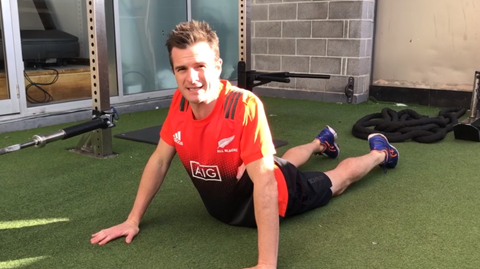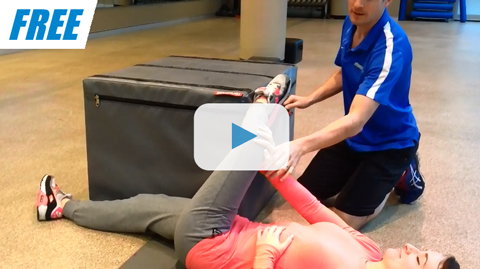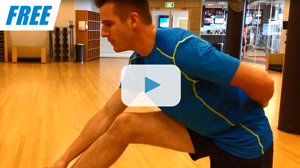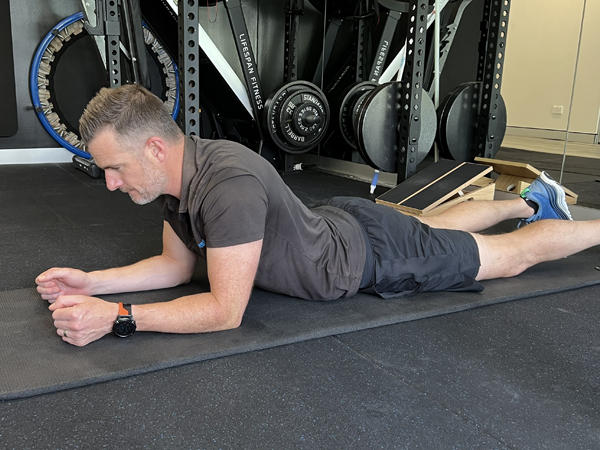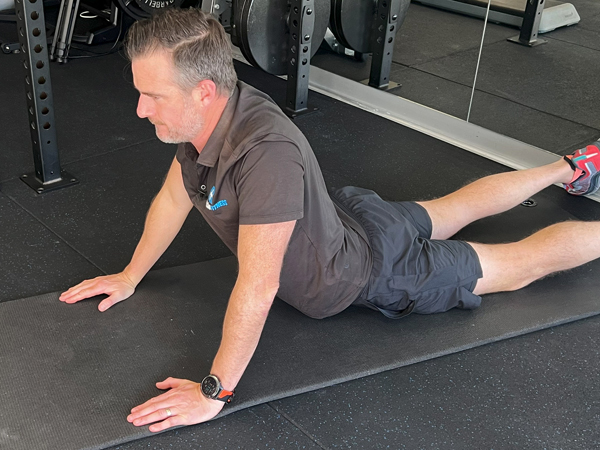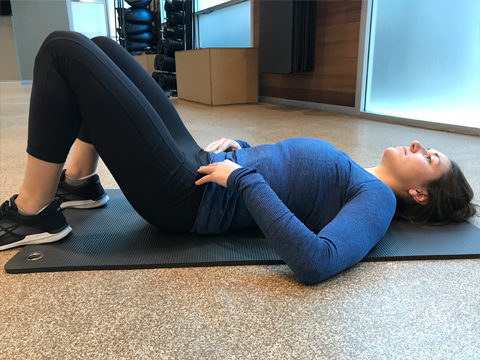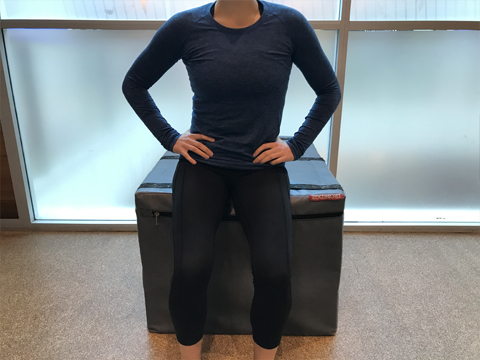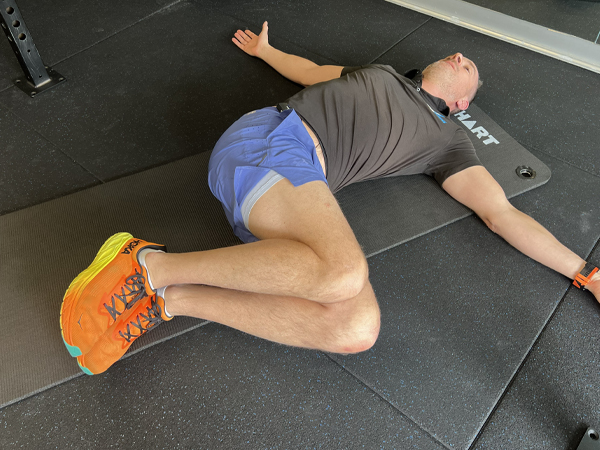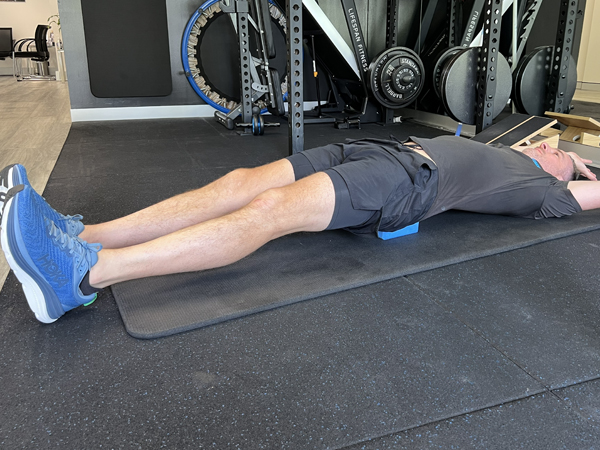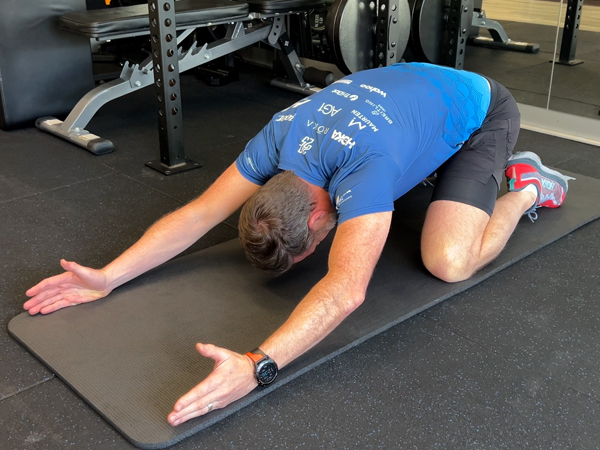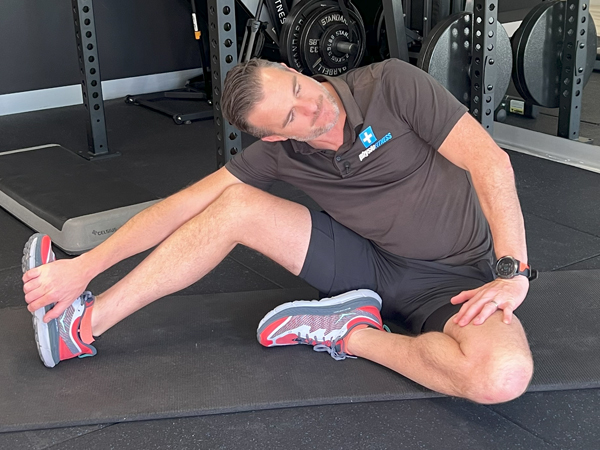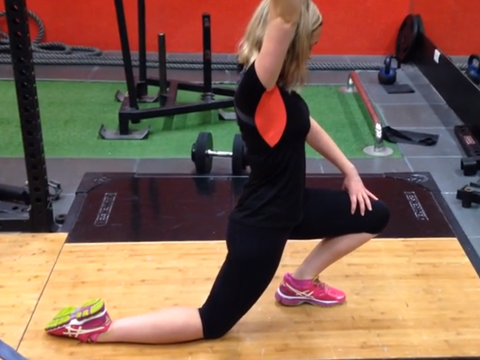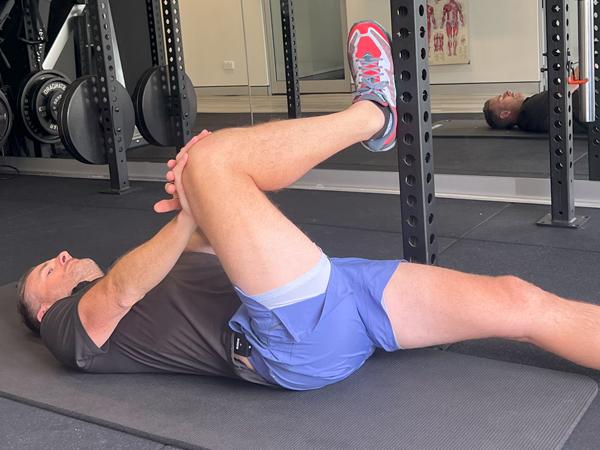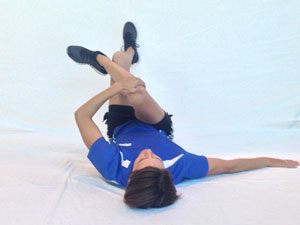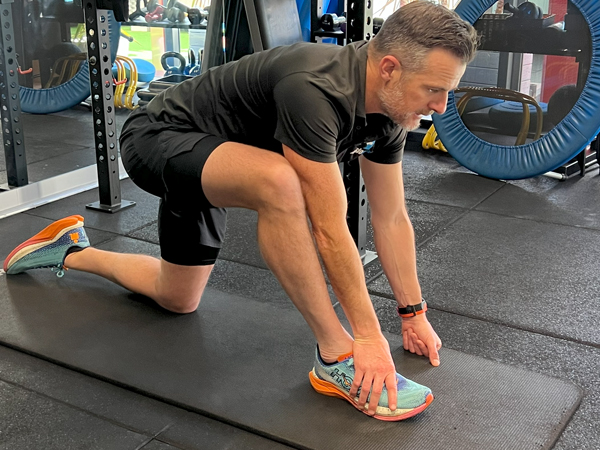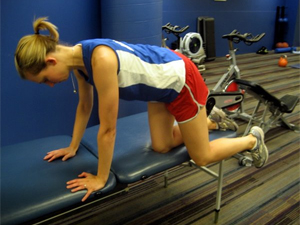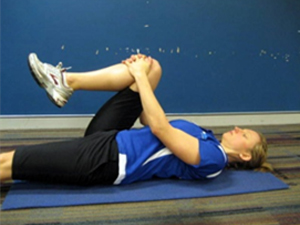Lumbar Spine and SIJ Mobility | Weeks 01-03

PROGRAM STAGE PRE-REQUISITESTo enter this program you must:
1) Have minimal pain and/or symptoms that are not constant in your lumbar spine, sciatic nerve distribution, hip or sacro-iliac joint regions; 2) Consult your Physiotherapist and/or Physician before you commence this program if you have constant pain, inflammation or an injury that is undiagnosed, and; 3) Have no pain referral into the leg(s), no pins and needles (parathesiae) in the leg(s), and no numbness (anaesthesiae) in the leg(s). |
Program InstructionsWelcome to the first stage of this intensive 8 week program for mobility of the Lumbar Spine and Sacro-iliac joint. Throughout this program there are two sets of mobility exercises to complete in each stage / weeks.
In Set A, there are 8 exercises which focus on the Lumbar Spine itself, working on mobility around the spinal column and the muscles that attach to the spine in this region. The Lumbar Spine is always first in each stage as it is better to loosen and mobilise the major stiffness or the major region first, then flow onto the other areas such as the hip and SIJ. The hip is covered to some degree in this program as the hip muscles play an important role in the mobility of the SIJ, and indirectly the lumbar spine. It is also easier and makes more sense to start with mobility higher up the 'chain' first, and then progress down. Therefore Set B is about the SIJ and Hip regions. With both Sets, do the exercises in order, i.e 1,2,3 etc. The mobility tools for each area are used throughout mostly before the stretches for each area, however some are used during as well. You should always aim to use the foam roller or trigger point ball (whatever is prescribed) BEFORE the stretch for the same area, unless instructed otherwise. It makes it easier to stretch the muscle if you have worked on mobilising and loosening up the soft tissue components first. For example in Set B, the foam roller for the hip flexors is before the hip flexor stretch. In this stage, Set A starts with increasing lumbar extension - easing into it with the lying position first, before the repeated extensions in lying. Extension is always a priority, then progressing into mobility, rotation, decompression and flexion. The QL stretch is at the end of Set A so by the time you get to it you have loosened a bit, which will make it easier to get into this stretch as it is somewhat difficult if you are generally tight in this region. In Set B, the SIJ mobility is addressed, with entry level exercises to get the joints moving, as well as the hip region including hip flexors, glutes, hamstrings and the lower limb neural tension mobilisation work. Both Set A and Set B will progress in difficulty through the next stages along with introduction of new mobility exercises. |
Special NotesDo NOT do aim to do both Set A and Set B on one day. You should alternate Set A and Set B each day, so you complete 5 sets across the week (in 7 days). With Set A three times per week and Set B two times per week - you will complete the week over 5 days with 2 days off. You can choose when to take the 2 days - it may depend on your other training, time constraints and work or life commitments. Tip: Don't do 5 days straight. Always break it up with a rest day in there somewhere.
This stage is 3 weeks, but if you are struggling for time each day and in the week, push it out further to 4 or 5 weeks if need be. Don't attempt to do more than what is prescribed or try to do it all in less than 3 weeks. You need time for the tissues to adjust, and doing 8-9 stretches per day is a task in its own! |
